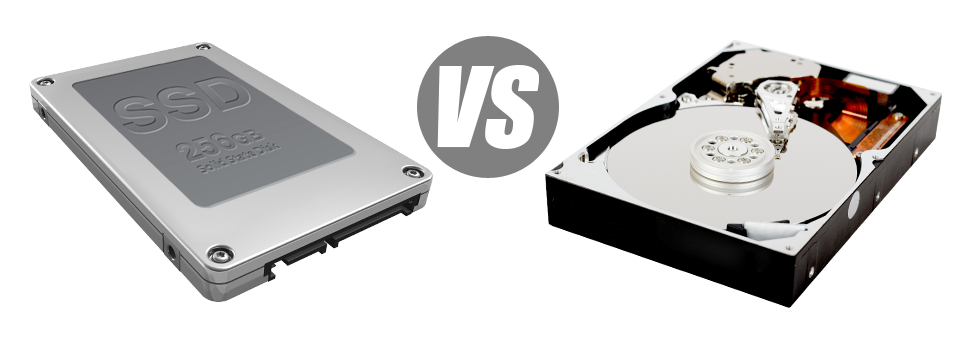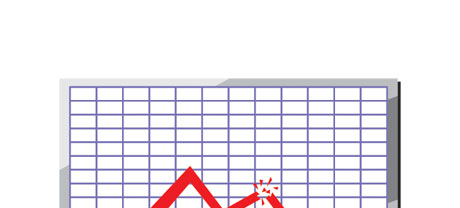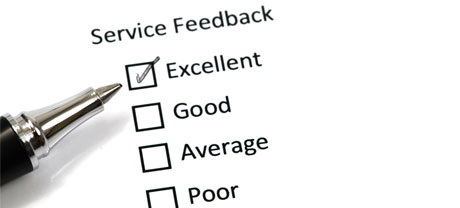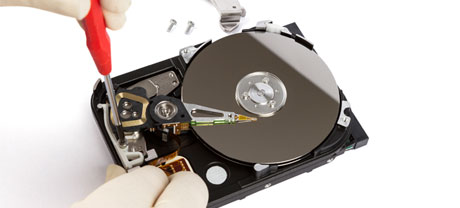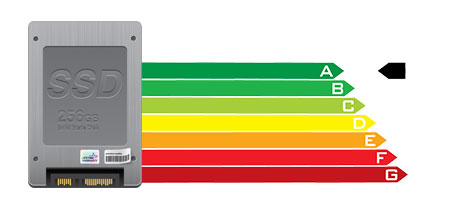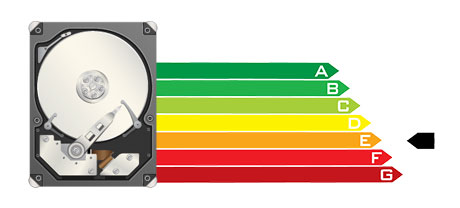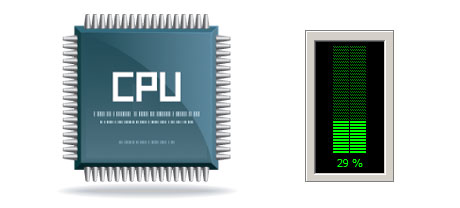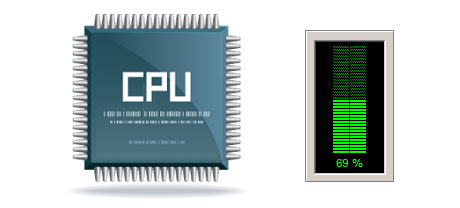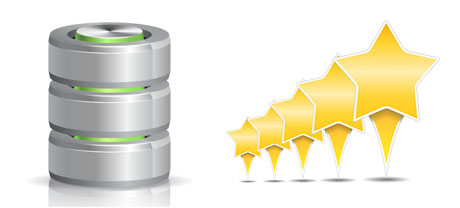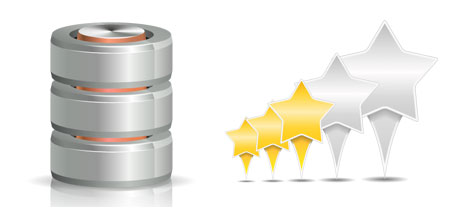If you have a website or an application, rate of operation is critical. The swifter your web site performs and the faster your apps operate, the better for everyone. Given that a web site is just a selection of data files that interact with each other, the systems that keep and access these data files have a huge role in web site effectiveness.
Hard drives, or HDDs, have been, right until recent years, the most efficient systems for keeping data. Nevertheless, in recent times solid–state drives, or SSDs, have already been rising in popularity. Take a look at our comparability chart to find out whether HDDs or SSDs are more suitable for you.
1. Access Time
With the arrival of SSD drives, data accessibility rates have gone over the top. Because of the brand new electronic interfaces employed in SSD drives, the common file access time has been reduced towards a record low of 0.1millisecond.
The technology behind HDD drives times all the way back to 1954. And although it has been significantly processed throughout the years, it’s nonetheless can’t stand up to the innovative ideas behind SSD drives. With today’s HDD drives, the highest data file access speed it is possible to reach may differ somewhere between 5 and 8 milliseconds.
2. Random I/O Performance
On account of the brand–new revolutionary data storage strategy adopted by SSDs, they feature a lot quicker data access rates and faster random I/O performance.
For the duration of Global Web Hosting’s lab tests, all of the SSDs revealed their ability to handle at the least 6000 IO’s per second.
With an HDD drive, the I/O performance steadily improves the more you employ the drive. Even so, right after it extends to a particular limit, it can’t proceed quicker. And due to the now–old technology, that I/O restriction is significantly less than what you might have having an SSD.
HDD can only go so far as 400 IO’s per second.
3. Reliability
SSD drives are meant to include as less moving components as is possible. They use a comparable technique like the one employed in flash drives and are also significantly more dependable than common HDD drives.
SSDs come with an average failing rate of 0.5%.
To have an HDD drive to operate, it needs to spin a pair of metal hard disks at over 7200 rpm, retaining them magnetically stabilized in the air. There is a massive amount of moving elements, motors, magnets and also other gadgets jammed in a tiny location. So it’s no surprise that the common rate of failure associated with an HDD drive varies among 2% and 5%.
4. Energy Conservation
SSD drives work virtually soundlessly; they don’t make excessive heat; they don’t call for additional cooling down methods as well as take in much less power.
Tests have revealed that the normal electric power utilization of an SSD drive is amongst 2 and 5 watts.
HDD drives are renowned for becoming noisy; they’re liable to getting too hot and if you have several disk drives in a server, you’ll want an additional cooling device exclusively for them.
As a whole, HDDs take in somewhere between 6 and 15 watts.
5. CPU Power
The quicker the data access speed is, the sooner the file calls can be processed. Consequently the CPU will not have to arrange assets waiting for the SSD to answer back.
The average I/O wait for SSD drives is simply 1%.
If you use an HDD, you have to dedicate extra time awaiting the results of one’s file ask. It means that the CPU will be idle for additional time, awaiting the HDD to react.
The common I/O wait for HDD drives is approximately 7%.
6.Input/Output Request Times
In real life, SSDs operate as admirably as they managed for the duration of our trials. We produced a full system data backup on one of our own production servers. During the backup operation, the common service time for any I/O requests was in fact below 20 ms.
Compared with SSD drives, HDDs feature substantially slower service times for I/O requests. Throughout a hosting server backup, the standard service time for any I/O query varies somewhere between 400 and 500 ms.
7. Backup Rates
Another real–life enhancement will be the rate with which the back up was made. With SSDs, a server data backup today requires less than 6 hours using our web server–enhanced software solutions.
We made use of HDDs mainly for several years and we’ve decent understanding of how an HDD performs. Generating a backup for a server designed with HDD drives will take about 20 to 24 hours.
With Global Web Hosting, you can find SSD–equipped web hosting solutions at inexpensive price points. Our shared hosting plans and our VPS web hosting plans include SSD drives automatically. Get an website hosting account along with us and watch the way your websites will become far better instantaneously.
Hepsia
- Live Demo
Service guarantees
- Sign up today. You won’t see any configuration rates you’ll also find full root access to the server. 99.9% network availability is warranted.
Compare our prices
- Examine the allocations and features coming with Global Web Hosting’s Virtual Private Servers. You could start with a cheaper VPS Web Hosting configuration and move up with just a click of the mouse as your demands expand.
- Compare our hosting plans
Contact Us
- You can get in touch with us round the clock by email or by utilizing our extremely–fast ticketing system. Global Web Hosting offers a 1–hour reply time frame guarantee.
